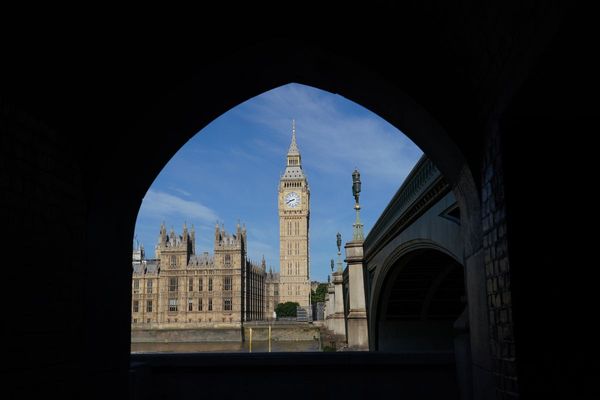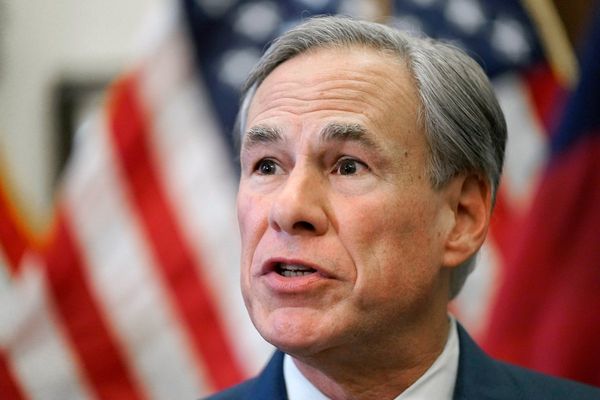
New Zealand must invest more at the top of the waste hierarchy if it wants to to be known as a leader in tackling environmental pollution
It has been 50 years since the 1972 United Nations Conference on the Environment in Stockholm, which identified environmental pollution as a critical environmental issue requiring country-led actions. It also led to the establishment of the United Nations Environment Programme.
It is fitting then that the theme for this year’s World Environment Day, also hosted by Sweden, is ‘Only One Earth’, with one of the key focus areas as mitigating environmental pollution.
In a survey last year, US News asked respondents to rank countries as per their perception of which countries care the most about their environment, and New Zealand came on top.
But perceptions can be far from reality.
How exactly does a country get to be called a leader when it comes to environmental pollution? Is it the clean, green image with which it is identified worldwide, or is it initiatives and work done to identify and mitigate current and impending environmental problems?
Clear vision, and effective national policies to implement it, are essential to the success of environmental initiatives. While certain pollutants, such as nutrients and pathogens, have received considerable policy focus over the last few decades in New Zealand, significant work is needed to regulate and monitor thousands of chemicals entering our environment through agricultural, industry, and household use. There are over 30,000 chemicals approved for use across the country, but only around 200 chemicals are regularly tested for.
Unregulated chemicals include heavy metals, pesticides, pharmaceuticals, and emerging pollutants such as ‘forever chemicals’. There is an urgent need to limit the impact these chemicals are having on our drinking water, surface water, soil, groundwater and coastal environments. This is highlighted in a recent report by the Parliamentary Commissioner for the Environment. The report says we have been mostly relying on data and initiatives from overseas and outdated models and technologies to understand environmental pollutants and how they react or transform in the environment, such as within soil or water.
The United Nations Environment Assembly recently met in Nairobi and passed 14 resolutions to curb pollution and protect and restore the environment worldwide. The two most important resolutions aim to end plastic pollution and establish an ambitious science policy panel on the sound management of chemicals and waste, similar to the IPCC for the climate.
With key milestones being reached at the United Nations Environment Assembly, now is an excellent time for New Zealand to tackle environmental pollution with multi-faceted solutions tailored to our needs and values.
So, where to start? The first step needs to be more resource allocation for ‘knowing what’s out there’. A national framework to prioritise pollutants for monitoring is essential, with regular monitoring campaigns akin to the ‘Unregulated Monitoring Contaminant Rule’ and ‘Watch List’ of the US Environmental Protection Agency and European Union, respectively.
Once the scale and the nature of the pollution are better understood, resourcing state of the art remediation technologies for cleaning the environment could tackle existing pollution issues. There are many promising pollution mitigation technologies on the horizon, and encouraging their development would ensure we are seen as leaders rather than merely followers in the remediation treatment domain.
However, to prevent pollution in the first place, we need to become more efficient in waste management and pollution prevention. New Zealand must invest more at the top of the waste hierarchy to “prevent and reduce”. This should be applied to every activity involving a product that generates waste and pollution, including extraction of raw materials, production, distribution, use and disposal.
Māori have held this concept and ecologically regenerative and holistic values for centuries. Our responsibilities, duties, and obligations to the environment are defined in the Māori concept of kaitiakitanga. We need to take advantage of te ao Māori and the positive contribution that it could make to New Zealand’s waste and environment sectors.
Creating a sustainable economy for New Zealand means formulating solutions to our current environmental issues with an awareness that such solutions need to incorporate technological and social elements to facilitate both technical solutions and the willingness of industry and society to adopt and implement those.
Such strategies can significantly lower environmental pollution, greenhouse gas emissions, and waste from our consumption economy and play a crucial role in averting the dangerous impacts of climate change. If we implement these strategies, New Zealand has an opportunity to become a global leader in tackling environmental pollution and truly back up our “clean and green” image.
Dr Lokesh P. Padhye and Dr Saeid Baroutian are from the University of Auckland’s Faculty of Engineering, and Dr Melanie Kah is from the Faculty of Science.







